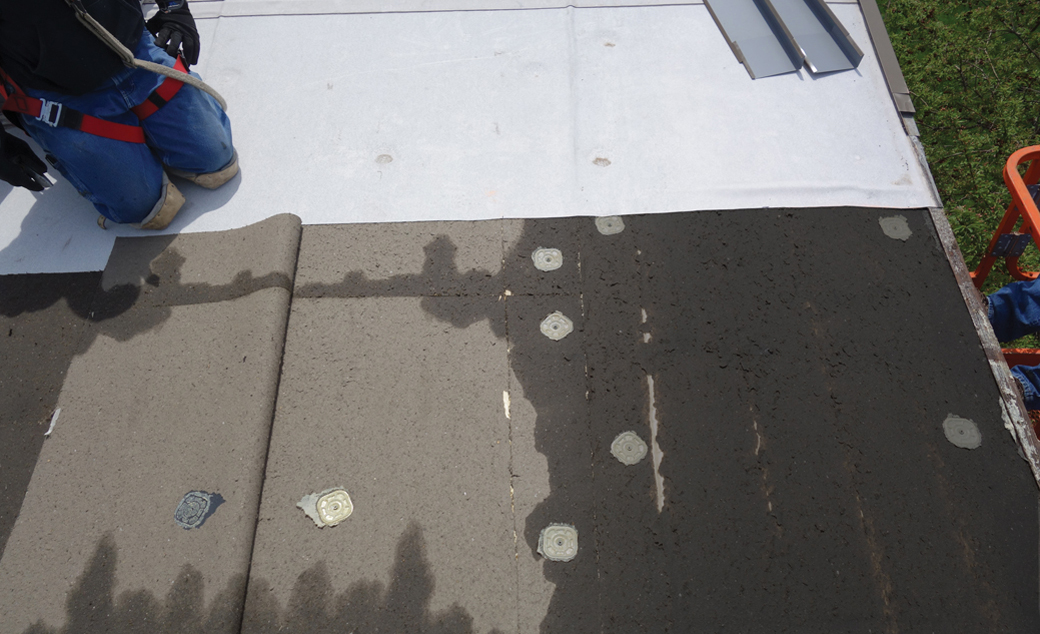The Dumbarton Oaks estate in Washington, D.C., dates to the 18th century. In 1920, Mildred and Robert Woods Bliss acquired the property and renovated it to house their pre-Columbian and Byzantine collections and library. Working with landscape architect Beatrix Ferrand, they transformed 54 acres into a series of noteworthy gardens. In 1940, they created the Dumbarton Oaks Research Library and Collection to be administered by Harvard University trustees.
The Dumbarton Oaks Research Library and Collection supports research and learning internationally in Byzantine, gardening and landscaping, and pre-Columbian studies through fellowships, internships, meetings and exhibitions. The institution welcomes researchers at all career stages who come to study its books, objects, images and documents. Visitors from the public also are welcome to stroll the historic gardens, walk through the museum filled with world-class art collections, and enjoy concerts and lectures in the music room.
As founding members of the institution, Mildred and Robert Woods Bliss called upon future policymakers to remember Dumbarton Oaks and its gardens have educational importance and humanistic value. These ambitions continue to guide Dumbarton Oaks with close attention given to retaining its vitality through constant renewal.
To this end, in 2013, a plan was developed to revitalize Dumbarton Oaks' campus. Included in the renovation plans were four buildings—the potting shed, the refectory, a guest house and the operations building. Chosen for its exceptional roofing work performed on other Dumbarton Oaks buildings, James Myers Co. Inc., Beltsville, Md., was selected for the project.
The potting shed
In April 2013, James Myers began its work on the potting shed's uniquely curved bell-shape roof system. Dumbarton Oaks is located in a jurisdiction of multiple historical review boards and committees that provide strict requirements for reroofing projects, so adherence to design plans was crucial.
The potting shed's existing lead roof system was more than 100 years old and had cracks and tears in multiple areas. The weathered lead, underlayment and felt paper were removed down to the plywood deck, and new 2 1/2-inch-wide boards were installed to create the bell-shaped curve.
The new lead roof system was constructed from 3-pound lead to provide a durable roof system while allowing plenty of workability for the roof system's unique design. James Myers furnished the lead sheets in rolls and delivered them to the job site. Delivery was coordinated carefully to avoid heavy pedestrian traffic and damage to surrounding gardens.
The sheets then were unrolled, measured and cut on-site before the edges were bent to make pans to cover the spans between battens every 16 inches. The same lead sheeting then was measured and cut to create a lead cap to be installed over the battens and tied-in to the lead pans.
James Myers also fabricated and installed a lead-coated copper built-in gutter system, a lead-coated copper transition strip between the roof's concave and convex sections, and a decorative lead-coated copper finial. Installing these features was an extremely tedious installation process. Every lead sheet had to be locked in place by hand to create a tight seal.
"The lead sheet materials and bell curve as a roof system provided a challenge," says Matt Brady, project manager for The Whiting-Turner Contracting Co., Greenbelt, Md., the project's general contractor. "But the innovation and commitment from James Myers prevailed as the historic nature of this building was maintained in style."
The other buildings
The roof system replacements for the refectory, guest house and operations building shared many similarities. All three buildings had existing slate roof systems that required replacement with similar materials to maintain the buildings' integrity. James Myers was instrumental during the design process and chose a grade S1 semi-weathering gray and green slate in random widths to match the color and quality of the existing slate.
All the historic details, including flashings, dormers, slate exposure and finials, also needed to be matched exactly to maintain the original roof systems' integrity.
"The buildings were built in the Georgetown Historical District in the early 1900s, so a lot of the metal flashing details were outdated," says Alex Zorich, project manager for James Myers. "Trying to provide current details while also satisfying the design requirements of the historical society was challenging."
James Myers worked diligently to improve upon existing building conditions while maintaining the historic look of the roof systems. For example, the guest house's roof system had sheathing exposed to the existing slate. To protect these areas from weather, James Myers installed copper to match the flashings, gutters and downspouts. Additionally, several leaks in the roof systems were ongoing, so metal work around the existing dormers on these buildings was modified to create weathertight conditions.
"The willingness showed by James Myers to assist in the improvements necessary to make these roofs more durable is a main reason why these roofing projects were successful," Brady says.
Continuing a mission
James Myers successfully completed its work on the potting shed, refectory, guest house and operations building on time and on budget in October 2013. More than 133 square feet of slate, 5,550 pounds of copper, 5,000 pounds of lead-coated copper and 12,000 pounds of 3-pound lead were used to reroof the four buildings.
"The most rewarding part of the job was being able to replace the roof systems on four historical buildings within the schedule and budget without disruptions to the daily operations of the facility," says Zorich.
James Myers continues to assist Dumbarton Oaks with its mission to revitalize the campus and recently began work on Dumbarton Oaks' main house and museum, the largest and most impressive building on the property. Work on the main house and museum is expected to be completed this month.
For its outstanding workmanship and demonstrated ingenuity on Dumbarton Oaks' four buildings, James Myers received an honorable mention in the Gold Circle Awards Innovative Solutions: Reroofing category.
Chrystine Elle Hanus is Professional Roofing's associate editor and NRCA's director of communications.
Project name: Dumbarton Oaks Research Library and Collection
Project location: Washington, D.C.
Project duration: April 2013-October 2013
Roof system types: Copper; lead; slate
Roofing contractor: James Myers Co. Inc., Beltsville, Md.
Product manufacturers: Evergreen Slate Co. Inc., Middle Granville, N.Y.; Mayco Industries Inc., Birmingham,
Ala.; Revere Copper Products Inc., Rome, N.Y.;
Gold Circle Awards: Innovative Solutions: Reroofing



